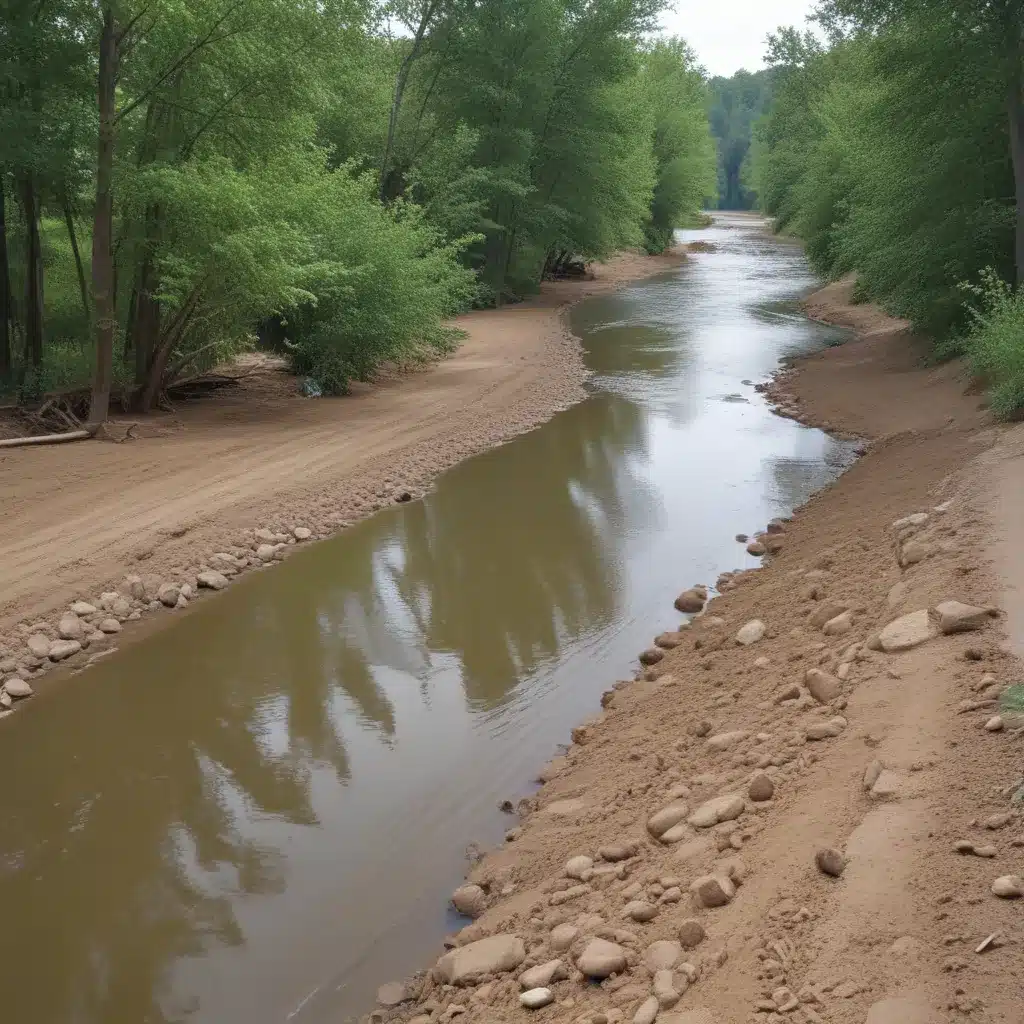
As flood risks continue to rise globally due to climate change and urbanization, governments, engineers, and communities are seeking innovative solutions to strengthen resilience and protect vulnerable areas. Nature-based solutions (NBS) have emerged as a promising approach, harnessing the power of natural ecosystems to regulate floodwaters and provide numerous additional benefits.
However, evaluating the true effectiveness of NBS remains a key challenge. Unlike traditional “grey” flood control infrastructure, the performance of nature-based strategies can be highly variable and complex, influenced by factors like vegetation, soils, watershed characteristics, and community engagement. Rigorous assessment frameworks are needed to quantify the flood mitigation capabilities of NBS and compare their cost-effectiveness to other mitigation measures.
This article explores the latest research on evaluating the effectiveness of NBS for flood risk management. We’ll examine a range of nature-based strategies, from wetland restoration to permeable surfaces, and discuss the analytical tools and performance metrics used to assess their flood control benefits. By synthesizing insights from leading experts, we aim to provide practical guidance for flood control professionals to effectively integrate NBS into their resilience planning.
Floodplain Mapping and Modeling
A crucial first step in evaluating NBS is accurately mapping flood hazards and modeling hydrological processes within the watershed. High-resolution floodplain delineation, using cutting-edge modeling techniques like Hydrologic Engineering Center’s River Analysis System (HEC-RAS), can identify vulnerable areas and quantify baseline flood risk.
Integrating these models with detailed spatial data on land use, elevation, soil properties, and climate projections allows for more nuanced analysis of how natural landscapes influence water storage, infiltration, and conveyance. This information is crucial for siting NBS and predicting their performance under different flood scenarios.
Wetland Restoration and Management
Coastal and inland wetlands are powerful NBS that can significantly reduce flood heights and slow the progression of floodwaters. By storing excess water and gradually releasing it over time, wetlands act as natural buffers that protect nearby communities. Restoring degraded wetlands or enhancing their ecological functions is a key NBS strategy.
Evaluating the flood mitigation capacity of wetlands requires robust hydrodynamic models that can simulate water storage, infiltration, and outflow under varying storm conditions. For example, researchers at Coastal Carolina University are using coupled hydrodynamic-hydrologic models to quantify how wetlands on the South Carolina coast compare to traditional “grey” infrastructure in flood reduction. Their results will inform coastal resilience planning by providing high-resolution flood exposure maps.
Living Shorelines and Coastal Buffers
Another nature-based approach for coastal regions is the use of “living shorelines” – natural or nature-based features like oyster reefs, marshes, and submerged aquatic vegetation that stabilize shorelines, attenuate waves, and mitigate erosion. These features not only protect against flooding but also provide valuable ecosystem services like water filtration and habitat creation.
Evaluating the flood control benefits of living shorelines requires analyzing their effects on wave heights, currents, and sediment transport through detailed hydrodynamic models. Monitoring programs can also track changes in shoreline position, vegetation cover, and other physical indicators over time to assess their long-term resilience.
Permeable Surfaces and Green Infrastructure
In urban areas, green infrastructure like permeable pavements, bioswales, and rain gardens can help reduce stormwater runoff and mitigate pluvial (rainfall-related) flooding. These nature-based strategies leverage vegetation, soils, and engineered structures to increase infiltration, evapotranspiration, and temporary storage of excess water.
Quantifying the flood mitigation capabilities of these distributed green infrastructure systems involves a combination of field monitoring, hydrologic modeling, and cost-benefit analysis. Researchers may assess metrics such as peak flow reduction, total volume reduction, and water quality improvements to evaluate the performance of individual NBS features or networked green infrastructure systems.
Structural Flood Control Measures
While nature-based solutions provide valuable flood mitigation, they are often most effective when integrated with traditional “grey” infrastructure like levees, flood walls, and drainage systems. Evaluating the combined effectiveness of these hybrid approaches requires sophisticated modeling that can capture the intricate interactions between natural and engineered systems.
For example, a study in the Netherlands found that integrating vegetation into flood defenses like dikes can significantly reduce construction and maintenance costs while still providing robust protection. Detailed hydrodynamic and structural analyses are needed to optimize the design and placement of these nature-based flood control measures.
Stakeholder Engagement and Collaboration
A critical aspect of evaluating NBS effectiveness is understanding the social, economic, and institutional factors that influence their success. Effective implementation of nature-based strategies often requires close collaboration with diverse stakeholders, including local communities, government agencies, and technical experts.
Techniques like multi-criteria decision analysis can help weigh the various benefits and tradeoffs of NBS, incorporating feedback from different user groups. Monitoring programs should also track social indicators like risk awareness, community engagement, and equitable access to flood resilience measures.
Adaptive Management and Long-Term Monitoring
Given the dynamic nature of natural systems, evaluating the long-term effectiveness of NBS requires flexible, adaptive management approaches. Continuous monitoring of physical, ecological, and social indicators is essential to track performance, identify unintended consequences, and make adjustments as needed.
Robust performance metrics, such as flood depth reduction, habitat quality, and socioeconomic co-benefits, can guide this adaptive process. Integrating these findings into decision support tools and policy frameworks ultimately helps flood control professionals maximize the benefits of nature-based solutions over time.
In conclusion, the evaluation of nature-based flood mitigation strategies requires a holistic, interdisciplinary approach that considers both the physical performance of these systems and their broader social and ecological impacts. By combining advanced modeling, stakeholder engagement, and adaptive management, flood control professionals can unlock the full potential of NBS to build resilient, sustainable communities in the face of growing flood risks.
Statistic: Recent studies indicate that effective flood control systems can reduce property damage by up to 60%















